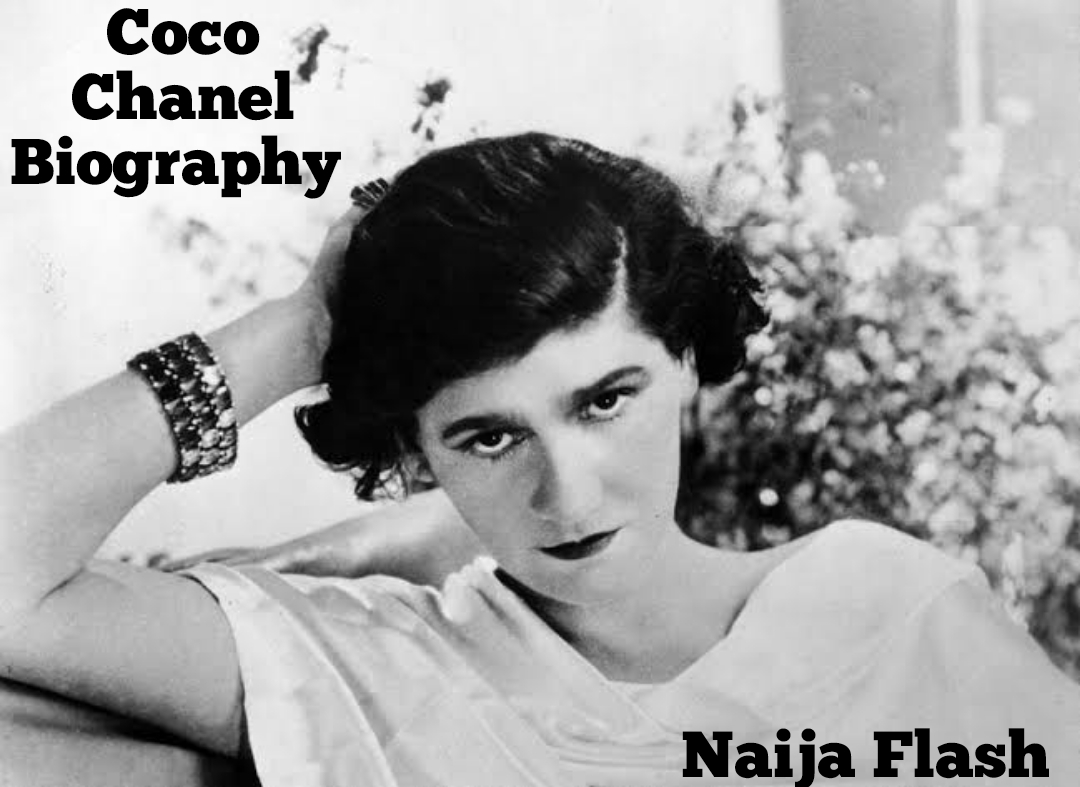
The Inspirational Story of Coco Chanel
Portrait of Coco Chanel
Gabrielle “Coco” Chanel (August 19, 1883–January 10, 1971) started her journey by opening her first millinery shop in 1910. Throughout the roaring 1920s, she emerged as a pioneering force in the world of fashion, revolutionizing the industry with her focus on comfort and casual elegance. Her creations ranged from chic suits and dresses to women’s trousers, costume jewelry, exquisite perfume, and luxurious textiles.
Key Achievements of Gabrielle “Coco” Chanel
She gained worldwide fame for introducing timeless classics such as the iconic little black dress and the legendary fragrance, Chanel No. 5, in 1922. Even today, Chanel No. 5 remains one of the most renowned perfumes of all time.
Fast Facts: Gabrielle “Coco” Chanel
- Known For: Founder of the House of Chanel, creator of the Chanel suit, Chanel jacket, and bell bottoms, Chanel No. 5 perfume
- Also Known As: Gabrielle Bonheur Chanel
- Born: August 19, 1883 in Saumur, Maine-et-Loire, France
- Parents: Eugénie Jeanne Devolle, Albert Chanel
- Died: January 10, 1971 in Paris, France
- Awards and Honors: Neiman Marcus Fashion Award, 1957
Early Years and Professional Journey
Gabrielle “Coco” Chanel, born on August 19, 1883, in Saumur, France, led a remarkable life marked by resilience and creativity. She initially adopted the name Coco during her time as a cafe and concert singer between 1905 and 1908. Following this, she ventured into the world of fashion with the support of affluent patrons, establishing her first millinery shop in Paris in 1910 before expanding to Deauville and Biarritz.
Evolution of a Fashion Empire
Coco’s innovative approach to couture, particularly her use of jersey fabric, reshaped French fashion norms. By the 1920s, her fashion house had flourished, with her signature “little boy” look and relaxed designs captivating the masses. Chanel’s introduction of Chanel No. 5 perfume in 1922 marked the onset of a legacy that endures to this day.
War Time Challenges and Triumphant Return
During World War II, Chanel temporarily served as a nurse, and the Nazi occupation interrupted her Parisian fashion endeavors. Despite facing a period of reduced popularity due to her association with a Nazi officer, Chanel made a triumphant comeback in 1954, reigniting her status in haute couture.
Her innate sense of style, reflected in iconic creations like the Chanel suit and little black dress, resonated with women seeking sophistication and comfort. Chanel’s influence extended beyond fashion, as she also designed costumes for stage productions and films, leaving an indelible mark on the entertainment industry.
Legacy and Impact
Chanel’s dedication to her craft persisted until her passing. Despite declining health, she continued to oversee her company’s operations, instilling her vision in every aspect of the business. Her legacy as a trailblazer in the fashion realm remains unparalleled, with her revolutionary designs legitimizing costume jewelry, trousers, tweed jackets, and short hairstyles for women.
Designer Karl Lagerfeld took the helm at Chanel in 1983, steering the brand to renewed prominence. Under his creative direction, Chanel continued to thrive, with innovative designs and a commitment to excellence. Lagerfeld’s passing in 2019 marked a transition, with Virginie Viard assuming the role of creative director, ensuring Chanel’s enduring success.
Conclusion: A Timeless Icon
Coco Chanel’s enduring influence transcends generations, epitomizing elegance, innovation, and empowerment in the world of fashion. Her visionary approach to design and unwavering dedication to her craft have solidified her status as a true pioneer in the industry. The legacy of Chanel continues to thrive, a testament to the indelible mark left by a remarkable woman who forever changed the landscape of fashion.





